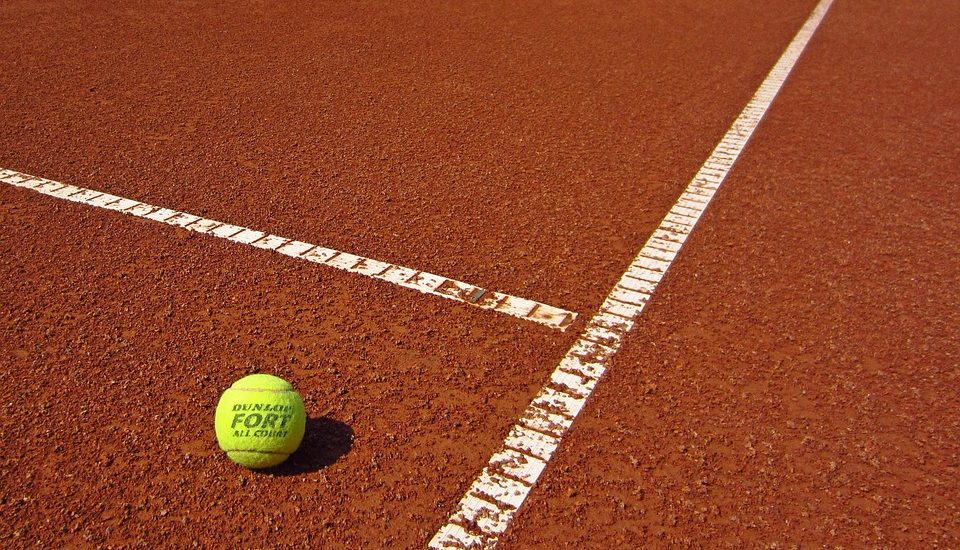- December 5, 2016
- Posted by: gstar
- Category: Coaching

I have just been re-reading Brad Gilbert’s book, “Winning Ugly” (the second best book I know on tennis performance*). He talks about setting your mental compass for a match by clearly answering two questions:
- What do I want to make happen?
- What do I want to prevent from happening?
This seems highly relevant to my coaching clients who are often looking to change their behaviour. These questions aim to pin down an intention. And that’s essential because behaviour change involves aligning behaviour with a new intention.
But it’s not only a matter of clarity. The intention also needs to capture a new mind-set, a new dominant thought which supports a change. It requires my client to start to tell, and believe, a new story about their self.
This is important. The more I coach leaders and rising talent, the more I find I am working with people who need to improve their impact, widen their repertoire of influencing strategies, and broaden their understanding of what success looks like. The archetype has achieved a lot through drive, practical problem-solving ability or intellect. But that’s not enough if they are to become a leader in the top echelons of an organisation.
Like me on the tennis court, would-be leaders need to recognise the limits of their leadership game. If I think of my tennis performance, I have been successful against ok players. But beating better players requires a shift at many levels, not just improving my shots and strokes. I am an effective defensive, counter-punching player who can run down shots that others would give up on. All that’s useful, but not enough against a player who really goes for it and can put away winners.
My intention has to change.
Three things that enable that stand out.
Having a focused but open attitude: welcome the contest, seek out players who may well beat me, value every small victory I have against them, be curious about how they play and what I might do about it.
Finding an intent that I can control: look to express my best self, play the shots that I have been practising and be patient. I can’t control whether I win – that depends, in part, on the other guy – but I can control how I play.
Maintaining high energy but low agitation: this involves calm concentration and embodying “readiness” – that sense of balance that I feel when I am at my best. Practice is important in building that sense of readiness – developing it when there is no pressure to perform so that it’s available when it’s needed. (And thanks to my coach, Sam, for showing me the power of distraction – focusing on one simple do-able thing – as a way of achieving this).
Similarly, leaders who are looking to change need to welcome the challenge that will bring and recognise that there will be discomfort. They need to focus on what they can control and accept that success will not be instantaneous or complete. And they need to allow themselves to perform, finding balance and relaxation as they try to do something different.
Now that is not easy. But two things are helpful here.
First, focusing on one change at a time. For all the thinking about attitude, intent and energy, there is a limit to what they can take on to the ‘court’ without weighing themselves down with intention. So one thing at a time: parking, for the moment, all the other things they’d like to do or do better.
Secondly, finding a simple, new story about themselves at work. No longer the forensic intellectual, but the insightful relationship builder. No longer the driven solo performer, but a high energy curator of team strengths. No longer the hands-on fixer, but an engineer of others’ success.
And my new story about who I am when I am on the court? I find picturing some of my heroes helps me tell this story: a mix of Roger Federer, for movement and effortless style; BB King, for his cool, and showing that it’s not what you play but how you play it; and Grouch Marx, for his playfulness and improvisation.
And would you follow a leader who was a mixture of Roger Federer, BB King and Groucho Marx? I know I would.
*By the way, the best book on tennis performance , in my view, is The Inner Game of Tennis by Tim Gallwey

